Full Form of ASI
Full Form of ASI
There are various full forms of ASI;
1.ASI- Assistant Sub Inspector
ASI refers to Assistant Sub Inspector. It is a rank in police and implies to a non-gazetted police officer that is senior to police constable but subordinate to Sub- Inspector.
It is important to note that ASI includes one star, red and blue strips of ribbon at the shoulder. An ASI can be an investigation officer, but mostly ASI has the responsibility of Outposts of Police or the Phari as well as the investigation centres. Where in some police stations Assistant Sub Inspector have the responsibility of GD duty and duty of reporting the crimes or the incidents to their senior officers.
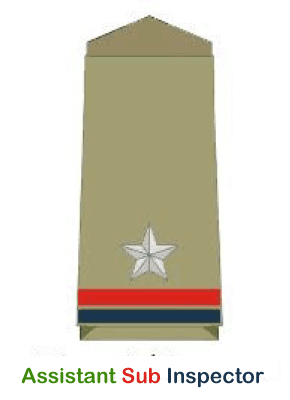
Assistant Sub Inspectors in Police Station are primarily responsible for the armouries, and some of them are even Chief Drill Officers at the training centres. Where in the Armed Police, BSF, CISF, ITBP – ASI are the second officer in charge of the police station after the SI or the Sub Inspector. ASI are also given the administrative or the staff responsibility in the police station.
ASI or the Assistant Sub Inspector is mostly the basic rank for entry in the police or the paramilitary services. ASI are responsible for the border patrol platoon in the forces like guarding forces- BSF. Moreover, it is essential to note that ASI is a rank that was absent on the paramilitary service till the 6th central pay commission, and it has been introduced recently after the 6th pay commission in paramilitary forces; also, there are few paramilitary forces that still do not have the rank of SSI like in SSB, etc.
Qualification and Eligibility
Any applicant that wishes to apply for the post of ASI or Assistant Sub Inspector should fulfil specific criteria;
- First and foremost is that the applicant should have passed 10+2 or intermediate from a recognised board or university.
- Secondly, it is favourable if the applicant has completed graduation from a recognised university.
- Apart from this, he should also have a speed in shorthand or typing of atleast 80/40 words per minute in English and 80/30 words per minute in Hindi.
- It makes the applicant eligible for the exam and whoever clears or passes the SSC exam becomes the ASI.
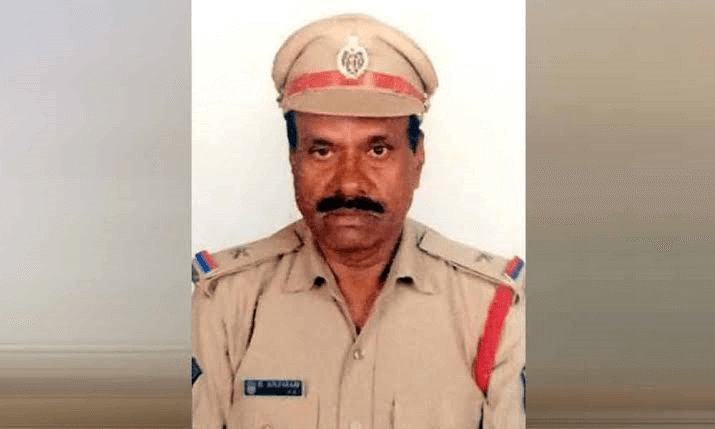
ASI salary and Pay Scale
ASI or the Assistant Sub Inspector’s salary is dependent on their pay scale, mostly as per the pay scale; their average salary ranges from 25-30k.
They get the benefit of a central government health scheme or CGHS apart from the salary.
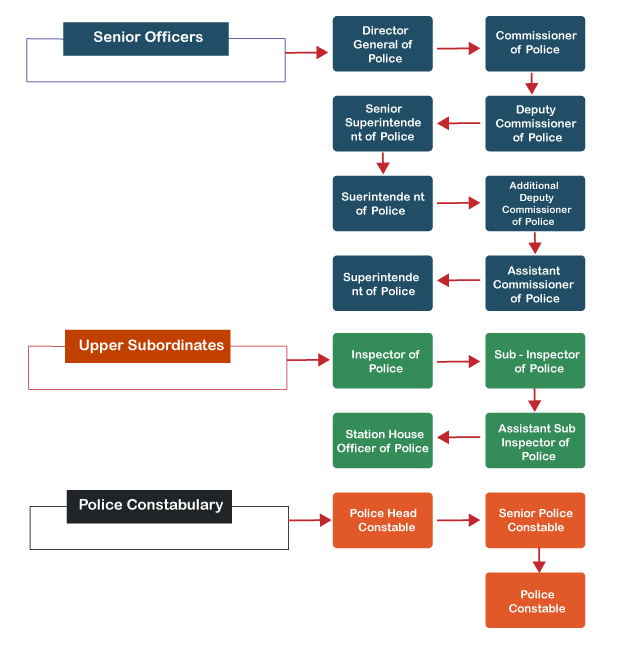
Facts
- The job of a police officer is not limited by time; they are on their duty 24x7.
- ASI being a police officer, has the responsibility to maintain law and order in the area wherever he detects crime or threat.
- ASI has the responsibility to immediately report the crime or the incident to their senior officer so that the matter can be addressed immediately.
- ASI also have the responsibility of the police station in the absence of SHO and SI. As they are second in command after SI.
- ASI also has the responsibility of making the reports of the crimes and the incidents timely and submit the reports to their seniors.
- The perks, incentives, and benefits given to police officers are very less in comparison to their hard work and efforts.
- ASI is promoted to being SI and then Inspector. The eligibility for the promotion of ASI is atleast 6 years of service as ASI.
2.ASI- Archaeological Survey of India
Another full form of ASI is the Archaeological Survey of India. ASI is functional under the Ministry of Culture. It is an Indian government organisation that has the responsibility of archeological research, preservation, and conservation of the monuments, culture of the country. This organisation was founded in 1861 by Alexander Cunningham. He was also known as the first Director-General of the ASI. The headquarter of the Archaeological Survey of India is in Tilak Marg, New Delhi.
At present, as of 2021, V.Vidhyavathi, IAS, is the Director-General of this organisation.
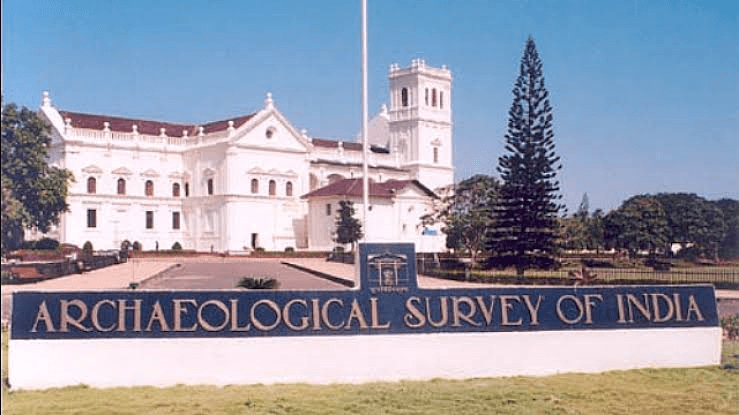
ASI has the primary objective or goal of researching, protecting the cultural heritage of the country along with the responsibility to maintain, preserve the ancient monuments, archaeological sites, and remains that are of importance to the nation or country.
ASI, or the Archaeological Survey of India, also has the responsibility to regulate the archaeological work according to the provisions mentioned in the Ancient Monuments and Archaeological sites and remains act, 1958. It can be said that ASI has the aim to explore, preserve, conserve, excavate and protect the monuments, sites for the future.
History of ASI
- ASI, as mentioned, was founded by Alexander Cunningham in 1861, who was also known as the first Director-General of ASI.
- It is important to note that the first systematic research that was ever conducted in the history of the subcontinent was through the Asiatic Society, which is said to be founded by William Jones(British Indologist) in 1784.
- Asiatic society has its basis in Calcutta, and the society also led the promotion of the ancient study of Persian and Sanskrit texts, and the society published a journal annually termed as Asiatic Researches.
- The very first notable, eminent member of the society was Charles Wilkins; he translated Bhagavad Gita in English in 1785, with the support of the Governor-General, Warren Hastings.
- Another notable achievement was the deciphering of the Brahmi Script by James Princep in 1837. This further led to the initiation of the study of Indian Palaeography.
- ASI was eventually formed in 1861 after the failed attempt in 1848. This was formed by a statute that eventually became law by Lord Canning, and soon Cunningham became the first Archaeological Surveyor and first Director-General later.
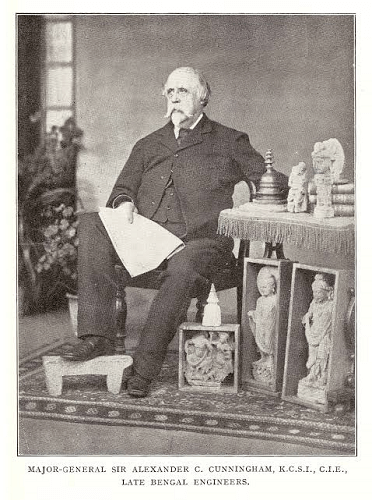
- James Burgess then became the Director-General after Cunningham in 1885. Sadly this post was removed or eliminated completely in 1889 due to lack of funds, and the same was not restored till 1901.
- It was also announced in 1892 was Edward Buck that ASI would be completely shut and the staff would be eliminated by 1895 to generate savings for the government, but luckily great discoveries like the Nigali Sagar inscription were made that ended the crisis.
- Some other significant discoveries made during this period were the Lumbini pillar inscription, Ashoka Pillar inscription, and so on.
- The post of Director General came back in the role in 1902 through Lord Curzon, and he then appointed a professor named John Marshall to head the survey. Marshall significantly contributed to ASI, majorly being the discovery of the Harappa of the Indus Valley civilization in 1921, then came Harol Hargreaves in 1928, followed by Daya Ram Sahni.
- In 1944, Mortimer Wheeler became the Director-General that introduced or excavated the Iron Age site – Arikamedu and Stone Age site – Brahmagiri, Maski, and Chandravalli in Southern India. He was present during the partition of India and also helped in establishing the archaeological body for the new Pakistan.
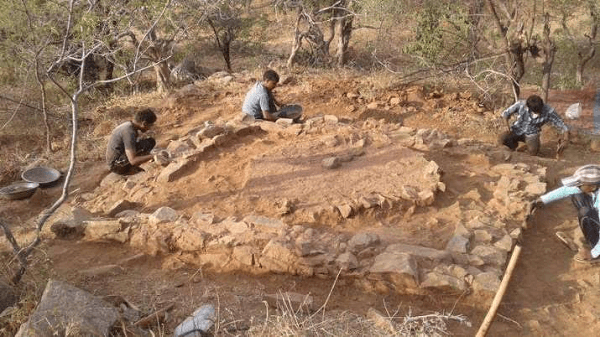
- Then in 1948, N.P. Chakravarti became the Director-General, and the National Museum was established on 15 August 1949 to maintain and keep the artifacts safely and display them at the Indian Exhibition in the U.K.
- In 1958, the Ancient Monuments and Archaeological Sites and Remains Act was passes to bring ASI under the Ministry of Culture.
- In 1972, an act was passed to preserve and protect the monuments that are considered to be of national importance; the Act was known as Antiquities and Art Treasure Act 1972.
ASI Organization
The ASI or Archaeological Survey of India is an office or organisation that is attached to the Ministry Of Culture. Under the Act of AMASR, 1958, more than 3600 monuments, sites, and remains are administered- including temples, mosques, tombs, forts, etc. The ASI also maintains, preserves sites that have remains of ancient habitation.
- ASI is also subdivided into 30 circles, each circle is headed by Superintending Archaeologist, and each circle has subcircles. Some of the circles are; Bengaluru (Karnataka), Delhi; Chandigarh; Patna (Bihar); Ranchi(Jharkhand); Shimla (Himachal Pradesh); Goa, and so on.
- ASI also has three mini circles under its administration; these are Delhi, Leh, and Hampi.
- Till date, 29 Director Generals have served the ASI.
- Mortimer Wheeler also established a Museum Branch in 1946, which now has almost 50 museums across the country. The first museum was established by the Asiatic Society in 1814 at Calcutta.
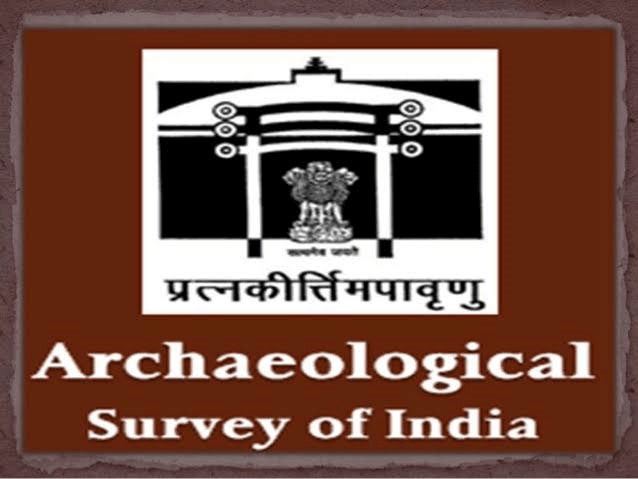
- ASI also maintains a Central Archaeological Library in ASI with its headquarters in Tilak Marg, New Delhi. The same was established in 1902 and has a collection of more than 100,000 books, journals, and resources. It has rare books, drawings, and many of precious archaic collectibles.
- It is essential to mention that from day to day, ASI also published various publications, reports, etc. Some of these are Epigraphia Indica, South Indian Inscriptions, Ancient India, and much more.
- Apart from archaeological work, ASI is also involved in the conservation of sites, monuments. Some states carry this work with the help of the state government and archaeological departments. Most states were allowed to work independently after independence with their own individual archaeological departments.
Like Orissa State Archaeology Department, Karnataka State Department of Archaeology, Tamil Nadu Archaeology Department, and so on.
- There also have been various criticism of ASI, most recent has been from Supreme Court of India, that criticized ASI for not properly maintaining the Taj Mahal which a World Heritage Site and also asked Govt of India to consider other agency for the protection and preservation of the same.